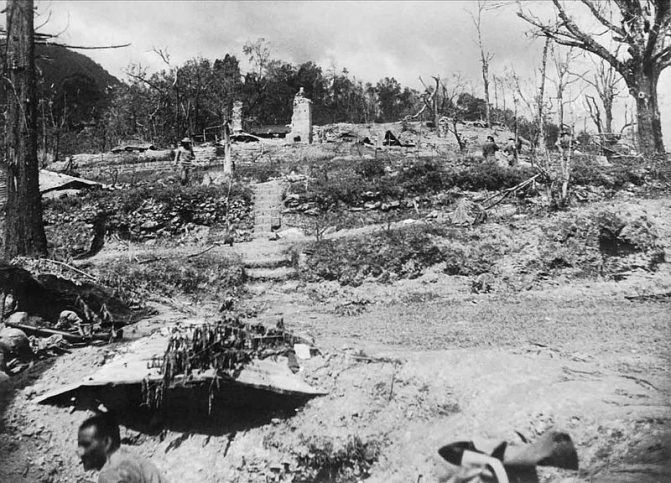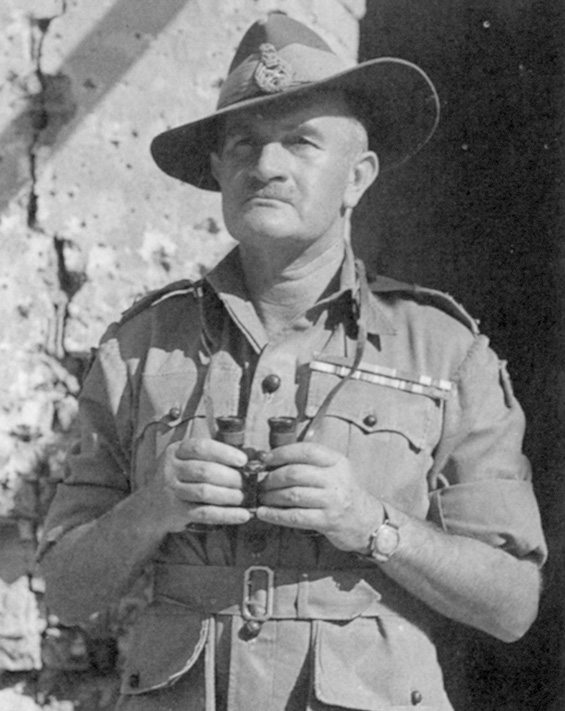Imphal & Kohima
Operation U-Go

Operation U-Go was a Japanese military campaign aimed at invading India through Burma, targeting two key locations: Imphal and Kohima. Both were strategic supply bases in the northeastern region of British India. If successful, the operation would not only push back British Indian forces but also potentially ignite a larger Indian independence movement, leveraging their collaboration with Subhas Chandra Bose and the Indian National Army.
Imphal was more than just a supply base for the Japanese; they intended to disrupt British communication systems, complicating their operations. It also served as a crucial logistical hub for launching operations into Burma. Kohima, on the other hand, was strategically located between Imphal and Dimapur. Dimapur acted as a vital gateway for Allied forces, facilitating the transport of resources and troops between Imphal and Kohima. By attacking Kohima, the Japanese aimed to isolate Allied forces in Imphal, halting the flow of reinforcements and supplies and thereby weakening the British position.
Imphal

On March 15th, 1944, just a week after Japanese forces initiated their offensive and began their siege, British-Indian forces, led by Lieutenant General Geoffry Scoones, commenced their defensive operations. The dense jungle environment of Imphal, characterized by its rugged and numerous hills, posed significant challenges. The onset of monsoon rains in May exacerbated the situation, transforming the battlefields into muddy quagmires and stalling movement for both sides. These monsoons also disrupted supply efforts.
The Japanese employed swift night attacks, attempting to infiltrate and disrupt Allied positions, resulting in intense combat scenarios with aggressive assaults. Despite these challenges, British-Indian forces managed to defend key positions through determined resistance and resilience. The Gurkhas, Nepali soldiers fighting for the British, played a crucial role with their formidable combat skills, frequently engaging in counterattacks to halt the Japanese momentum. Additionally, air support resupplied the besieged British-Indian forces.
By early June 1944, the tide began to turn in favor of the British-Indian forces as reinforcements, including the 5th Indian Division, arrived to break the Japanese siege and push back the enemy. The Japanese ultimately retreated, facing heavy casualties and severe supply shortages. It’s noteworthy that soldiers from the Indian National Army (INA), who fought alongside the Japanese, also suffered from the harsh conditions, disease, malnutrition, and supply shortages.
The victory at Imphal, achieved through endurance and strategic use of logistics and air support, set the stage for the British-Indian forces to plan their next objective: a counter-offensive into Burma.
Kohima
On April 4, 1944, alongside their siege on Imphal, the Japanese launched an assault on Kohima. Their attack began by targeting the Deputy Commissioner’s Bungalow, a critical position in the British defense. Much like Imphal, Kohima faced harsh weather conditions, including muddy quagmires on the battlefield and monsoon rains, which hindered the movement and supply lines of both armies. However, unlike the Japanese who struggled with logistics and supply, the British-Indian forces received crucial aid through air drops near the town of Dimapur, a vital logistical hub facilitating the movement of supplies, soldiers, and equipment.

One of the most renowned events at Kohima was the Battle of the Tennis Court. The Deputy Commissioner’s bungalow’s tennis court became a site of intense close-quarter combat. Trenches and bunkers were only a few meters apart, leading to fierce hand-to-hand fighting. The Gurkhas, known for their combat prowess, played a significant role in these skirmishes and other battles across Kohima. The battle was fought under torrential rains, which turned the ground into a muddy quagmire, complicating the movement and operations of both sides. Despite these harsh conditions, the British-Indian forces held their ground with unwavering determination, underscoring the strategic importance of Kohima. To maintain their position, the British-Indian forces implemented several critical strategies. They constructed interconnected trenches and bunkers that allowed for efficient movement and communication across their defensive lines. Constant resupply efforts through air drops ensured that they remained well-armed and well-fed, which was crucial for maintaining morale and combat effectiveness. The British also utilized artillery support to counter Japanese attacks, providing cover and suppressing enemy advances. The Gurkhas, with their exceptional fighting skills and bravery, conducted numerous counterattacks to reclaim lost positions and inflict heavy casualties on the Japanese forces.

General William Slim, commander of the British Fourteenth Army, played a crucial role in the defense and eventual victory at Kohima. His strategic acumen and emphasis on mobility and supply logistics were instrumental in countering the Japanese offensive. Slim’s leadership ensured that the British-Indian forces were well-prepared and adequately supplied, which was vital in withstanding the siege and launching effective counterattacks. His ability to inspire and maintain the morale of his troops during the grueling battle was a key factor in their resilience and ultimate success.
Historians often refer to the Battle of Kohima as “The Stalingrad of the East.” It was marked by heavy casualties, brutal hand-to-hand combat, and immense strategic significance, akin to the Battle of Stalingrad’s importance for Soviet forces along the Volga River. Kohima served as a crucial link in the supply line between Dimapur and Imphal, with Dimapur being a major logistical and supply hub for the British-Indian forces.
By May 1944, it became evident that the Japanese forces were running low on supplies, with many soldiers succumbing to disease and starvation, leading to their retreat. The Indian National Army (INA) also suffered significant losses, shattering their morale and causing many soldiers to desert the battlefield. By June 22, 1944, Kohima was finally secured, and the road to Imphal was cleared of enemy forces. The Battle of Kohima is remembered as one of the fiercest battles of WWII, showcasing the determination and bravery of the British-Indian Army, and highlighting General William Slim’s critical contributions to the Allied victory.